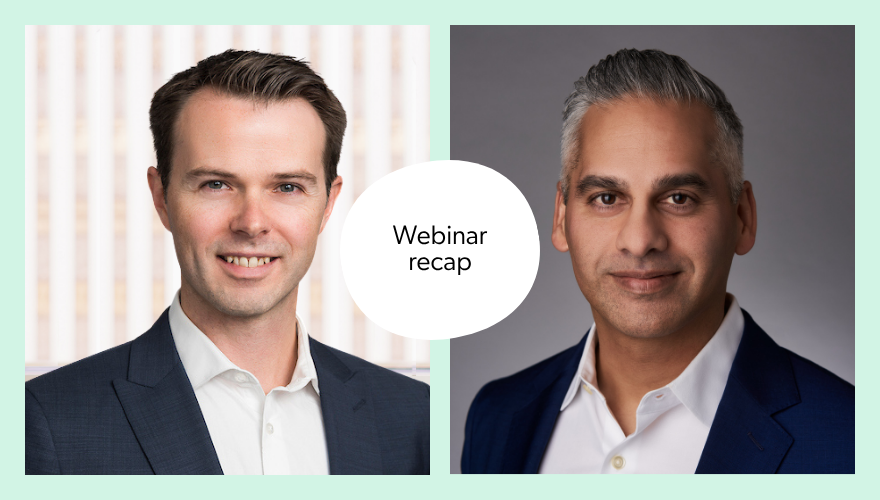Blog
The future of talent architecture

In a world of shifting work priorities, artificial intelligence, and ever-more data sources, knowing how to use data has never been more important – or more difficult.
We brought together senior leaders with Wisdom to unpack how data and analytics are reshaping talent architecture. The discussion was wide-ranging, honest, and focused on the real, day-to-day challenges in talent acquisition.
The key themes from our discussion are captured below.
#1: Hitting KPIs ≠ hiring the right people
Choosing the right metrics for your recruiters has never been more important. In the age of AI, it’s easy to receive a huge number of applications - but it’s much harder to make sure they’re of the right quality. Attendees recognised that volume targets are increasingly less useful, and that incentivising recruiters to ensure they’re paying attention to cultural fit is crucial.
If your recruiters are driven by number of hires, there’s not going to be any reason for them to pay attention to making sure they’re hiring the right kind of person”
Instead of volume targets, the roundtable identified that first year attrition – a sign of hiring candidates that fit with your culture – was becoming far more important.
#2: Hiring Analysts vs. Developing skills in-house
Should you hire a data analyst or try to develop data analytics capabilities within your existing team?
Redeveloping the talent we’ve got can be an advantage because they know the role, the department and the team - and if they’re high performing and high potential it gives them a learning opportunity”
Developing skills in house means you have data analysts with a deep knowledge of your business, and – as our guest identified – offers them a way to progress internally.
However, guests also recognised that you’re asking recruiters to develop a radically different skillset. Data analysts have deeper technical knowledge, and are better placed to conduct exploratory analysis – but hiring them can mean restructuring your existing team.
#3: Managing AI expectations
Data regulation means the use of AI varies between industries. In highly regulated industries like pharmaceuticals and financial services, AI use is limited because it is far more difficult to gain access to data.
Everyone’s trying to work out what are the limits for the restrictions of what we can do?”
This is leading to a gap in some industries between what senior leaders expect (because of the tools they see on the market) and what risk appetite permits in their industries.
One of our panellists contrasted their experience in a scale-up and a more regulated firm - describing the limitations of AI use as requiring a team of data analysts to make up for it. It’s important to communicate these restrictions to senior stakeholders, and manage expectations around AI.
#4: Tell a story with your data
A large part of the discussion spoke about the importance of surrounding data with a story. We spoke about how much more effective data is when it isn’t simply presented as raw numbers, but placed into a broader narrative.
It’s the difference with TA and Marketing - Marketing are able to get far more budget because they present a story with their data”
Telling a story with your data stops discussions being derailed by irrelevant data points, and allows conversations to remain focused.
Effective story-telling allows TA leaders to remain credible, compelling and can be used to provide important context around their talent acquisition efforts.
#5. Get creative
Data is being used in a range of new ways to tackle TA challenges.
From identifying where and how to offshore, to setting up mentoring programs to fill skills gaps, or spotting opportunities in adjacent industries, guests identified a range of new ways to use data to fill skills gaps and critical roles.
Most of our guests describing their hiring strategy as primarily ‘reactive’ Data offers the opportunity to find new and novel ways to address these short term challenges, which opens up the space to be more strategic and creative in a company’s approach to hiring.
So what’s next?
The talent acquisition landscape is in an era of dramatic change. There are new tools, new skills, new demands from the business – the world of work is shifting fast, with enormous repercussions for TA teams.
Finding the right data allows companies to navigate these shifts - providing a clear picture of who is available, and what is happening in the market. The winners will be those who strike the balance between avoiding data-overwhelm, and collecting the insights that allow TA to be strategic, rather than reactive.
Drive impactful change now, not later
Make informed decisions that are designed to get you ahead with talent intelligence.












